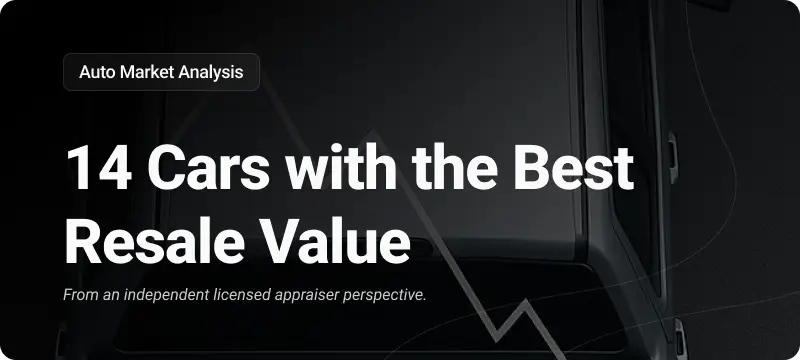When your vehicle gets into an accident, its value often takes a hit, even after repairs are completed. This reduction in value is referred to as diminished value (DV). However, not all diminished value is the same. Two key types—inherent diminished value and immediate diminished value—impact your vehicle differently.
Understanding the distinction between these two types is crucial for navigating insurance claims, protecting your investment, and ensuring you receive fair compensation. Let’s break down what inherent and immediate diminished value mean, how they differ, and why this knowledge is essential for car owners.
DOWNLOAD: “Inherent vs Immediate Diminished Value”.PDF
What is Immediate Diminished Value?
Immediate diminished value refers to the loss in your vehicle’s value immediately after an accident, before any repairs have been made.
Key Characteristics:
- Timing: Occurs right after the accident.
- Cause: Results from visible damage or the car being deemed less desirable due to its condition.
- Resolution: Typically addressed through insurance payouts to cover repairs.
For example, a brand-new SUV involved in a minor fender bender will lose immediate value simply because it now requires repairs, even if those repairs restore it to like-new condition.
What is Inherent Diminished Value?
Inherent diminished value is the permanent loss in your vehicle’s market value after an accident, even if the repairs are flawless. This type of DV stems from the stigma attached to a vehicle with an accident history.
Key Characteristics:
- Timing: Becomes relevant after repairs are completed.
- Cause: Results from a vehicle’s accident record, regardless of its condition.
- Impact: Can linger throughout the vehicle’s lifespan, affecting resale or trade-in value.
For example, even if your car is repaired to pristine condition after a crash, its accident history on a vehicle history report (like Carfax) can lower its resale price significantly.
Key Differences Between Inherent and Immediate Diminished Value
| Feature | Immediate Diminished Value | Inherent Diminished Value |
|---|---|---|
| Timing | Right after the accident | After repairs are completed |
| Primary Cause | Visible damage and repair needs | Accident history stigma |
| Resolution | Repairable through insurance settlements | Permanent unless proven otherwise |
| Impact | Short-term | Long-term |
Understanding these differences helps car owners and drivers address DV appropriately when dealing with insurance claims or selling their vehicles.
How These Affect Insurance Claims
Immediate Diminished Value and Claims
Most insurance companies focus on immediate DV when processing claims. This involves covering repair costs to restore the vehicle to its pre-accident condition. However, some insurers fail to account for the full immediate DV, leaving drivers with out-of-pocket expenses.
Inherent Diminished Value and Claims
Inherent DV is less commonly acknowledged by insurance providers. Many policies don’t explicitly cover the long-term value lost due to accident history, so car owners may need to negotiate directly or provide third-party appraisals to strengthen their claim.
If you’re facing challenges in proving diminished value, tools like the Diminished Value Calculator can help estimate how much your car’s value has dropped.
How to Maximize Your Diminished Value Claim
- Document Everything: Take photos of the damage, keep repair receipts, and retain the accident report.
- Request an Appraisal: Hire an independent appraiser to determine your vehicle’s post-accident market value.
- Leverage State Laws: Some states, like Georgia, explicitly allow diminished value claims. Know your rights!
- Negotiate Assertively: Use evidence to back your claim and don’t settle for less than your car is worth.

Why This Matters for Drivers
Whether you’re dealing with inherent or immediate diminished value, understanding these concepts ensures you’re not left short-changed after an accident. Both types of DV can significantly impact your car’s resale or trade-in value, and knowing the difference empowers you to take the right steps.
Conclusion
Diminished value, whether immediate or inherent, plays a crucial role in protecting the financial worth of your car after an accident. By understanding the key differences and learning how to navigate insurance claims effectively, you can safeguard your investment and ensure fair compensation.
Will you let diminished value eat away at your car’s worth—or take control and claim what’s rightfully yours?





